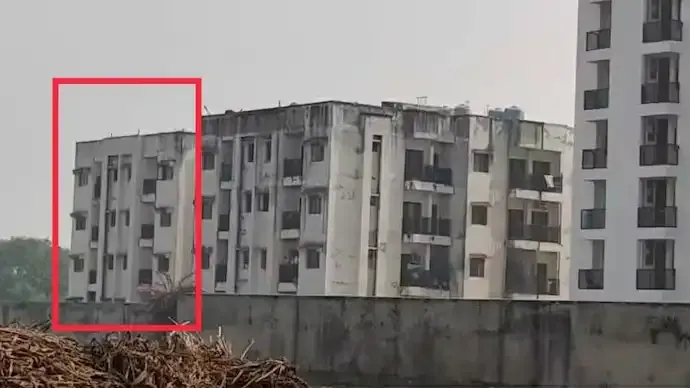Shopping cart
Your cart empty!
Terms of use dolor sit amet consectetur, adipisicing elit. Recusandae provident ullam aperiam quo ad non corrupti sit vel quam repellat ipsa quod sed, repellendus adipisci, ducimus ea modi odio assumenda.
Lorem ipsum dolor sit amet consectetur adipisicing elit. Sequi, cum esse possimus officiis amet ea voluptatibus libero! Dolorum assumenda esse, deserunt ipsum ad iusto! Praesentium error nobis tenetur at, quis nostrum facere excepturi architecto totam.
Lorem ipsum dolor sit amet consectetur adipisicing elit. Inventore, soluta alias eaque modi ipsum sint iusto fugiat vero velit rerum.
Sequi, cum esse possimus officiis amet ea voluptatibus libero! Dolorum assumenda esse, deserunt ipsum ad iusto! Praesentium error nobis tenetur at, quis nostrum facere excepturi architecto totam.
Lorem ipsum dolor sit amet consectetur adipisicing elit. Inventore, soluta alias eaque modi ipsum sint iusto fugiat vero velit rerum.
Dolor sit amet consectetur adipisicing elit. Sequi, cum esse possimus officiis amet ea voluptatibus libero! Dolorum assumenda esse, deserunt ipsum ad iusto! Praesentium error nobis tenetur at, quis nostrum facere excepturi architecto totam.
Lorem ipsum dolor sit amet consectetur adipisicing elit. Inventore, soluta alias eaque modi ipsum sint iusto fugiat vero velit rerum.
Sit amet consectetur adipisicing elit. Sequi, cum esse possimus officiis amet ea voluptatibus libero! Dolorum assumenda esse, deserunt ipsum ad iusto! Praesentium error nobis tenetur at, quis nostrum facere excepturi architecto totam.
Lorem ipsum dolor sit amet consectetur adipisicing elit. Inventore, soluta alias eaque modi ipsum sint iusto fugiat vero velit rerum.
Do you agree to our terms? Sign up

What appeared to be a damp, ordinary hostel room at Al-Falah University in Faridabad has now emerged as the epicentre of one of the most meticulously planned terror conspiracies in recent years. As investigations into the Red Fort blast widen, intelligence agencies have zeroed in on Building 17, Room 13 — a quiet, unremarkable corner of the campus that became a covert operations centre for radicalised doctors preparing attacks in Delhi and Uttar Pradesh.
The room, investigators say, served as the meeting point for the Faridabad module comprising Dr Umar un Nabi, the bomber who detonated the explosive-laden Hyundai i20, Dr Muzammil Ganaie, and several medical students linked to Kashmir. Over the past few days, forensic teams and counterterror units have combed through the space, seizing devices, handwritten notes, packaging materials and traces of chemicals used in improvised explosive devices.
Located deep within the Al-Falah University hostel blocks, Room 13 provided the perfect cover — isolated, sparsely monitored and part of a student-populated environment where movement rarely appeared suspicious. Officials say meetings were conducted at odd hours, with attendees deliberately blending into student activity to avoid drawing attention.
The room was allegedly used for:
Storing components of ammonium-nitrate based explosives
Reviewing reconnaissance footage of potential targets
Planning escape routes and safehouses
Conducting encrypted communication sessions
Grooming new recruits from among medical and paramedical students
According to investigators, this was also the place where lists of potential high-density public locations were analysed and rejected or shortlisted.
What has shaken security agencies most is the profile of the accused. The Faridabad module was not built around typical terror recruits but around trained medical professionals — individuals who once ranked among academic toppers and held respected posts in medical institutions.
Dr Umar, the Red Fort bomber; Dr Muzammil, linked to foreign handlers; and Dr Shaheen Shahid, who investigators believe played a central recruitment role, all frequented this hostel room. The trio allegedly used their academic cover to travel freely, raise funds, mentor young students and discreetly transport chemicals to multiple safe locations.
Following the discovery, the entire Al-Falah University campus — particularly Buildings 15 to 19, where medical students reside — has come under intensive scrutiny. Several students are being questioned, and those who shared hostel corridors or academic workspaces with the accused are being vetted for additional leads.
Officials believe Room 13 may help uncover further links to sleeper cells in western Uttar Pradesh and the larger logistical network stretching from Faridabad to Kashmir and even Turkey, where two key suspects travelled for instructions from foreign handlers.
The quiet hostel corner that once housed late-night study sessions now stands as the most important crime scene in the case — a reminder of how extremist networks can exploit trusted educational spaces to mask covert operations.
12
Published: Nov 13, 2025